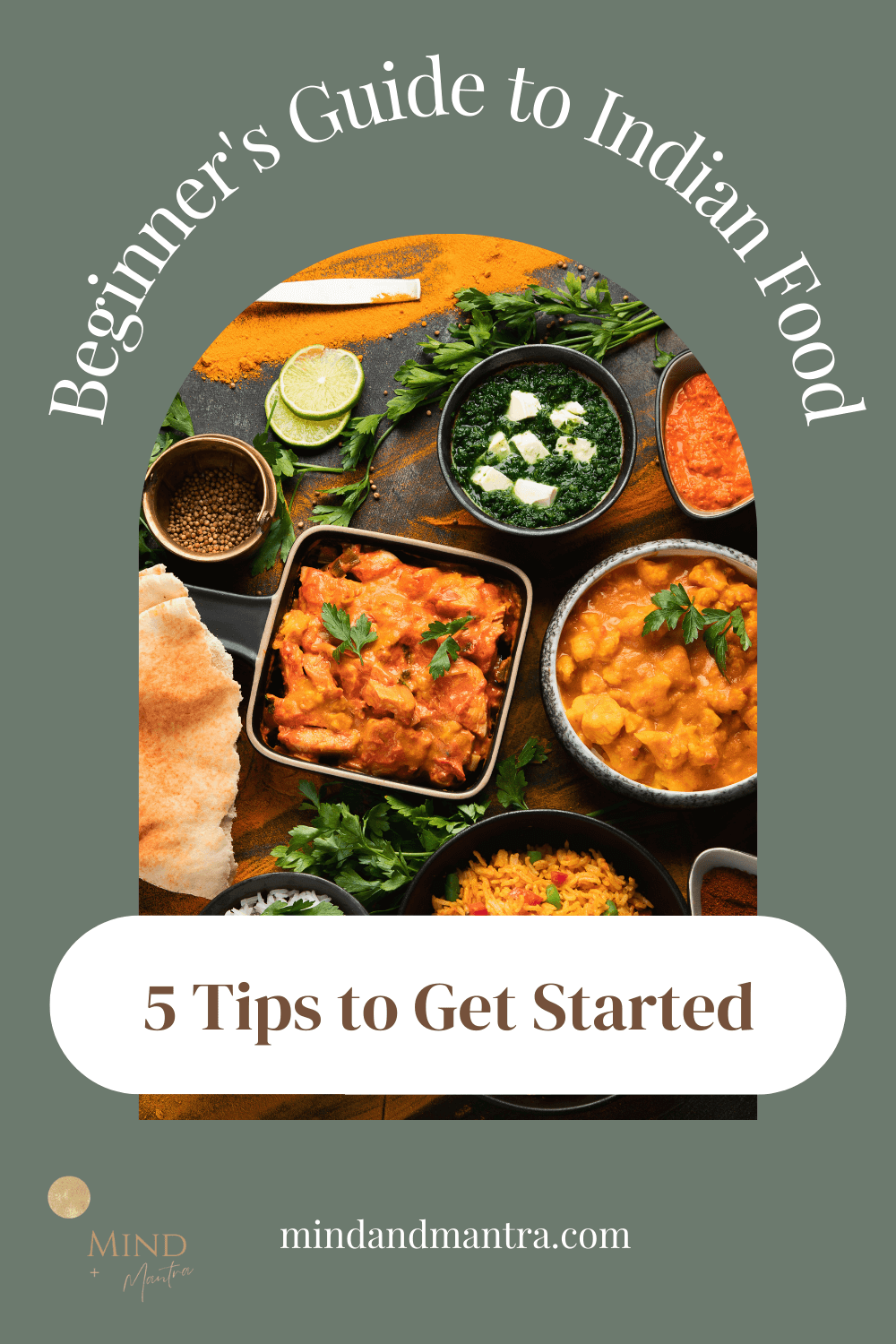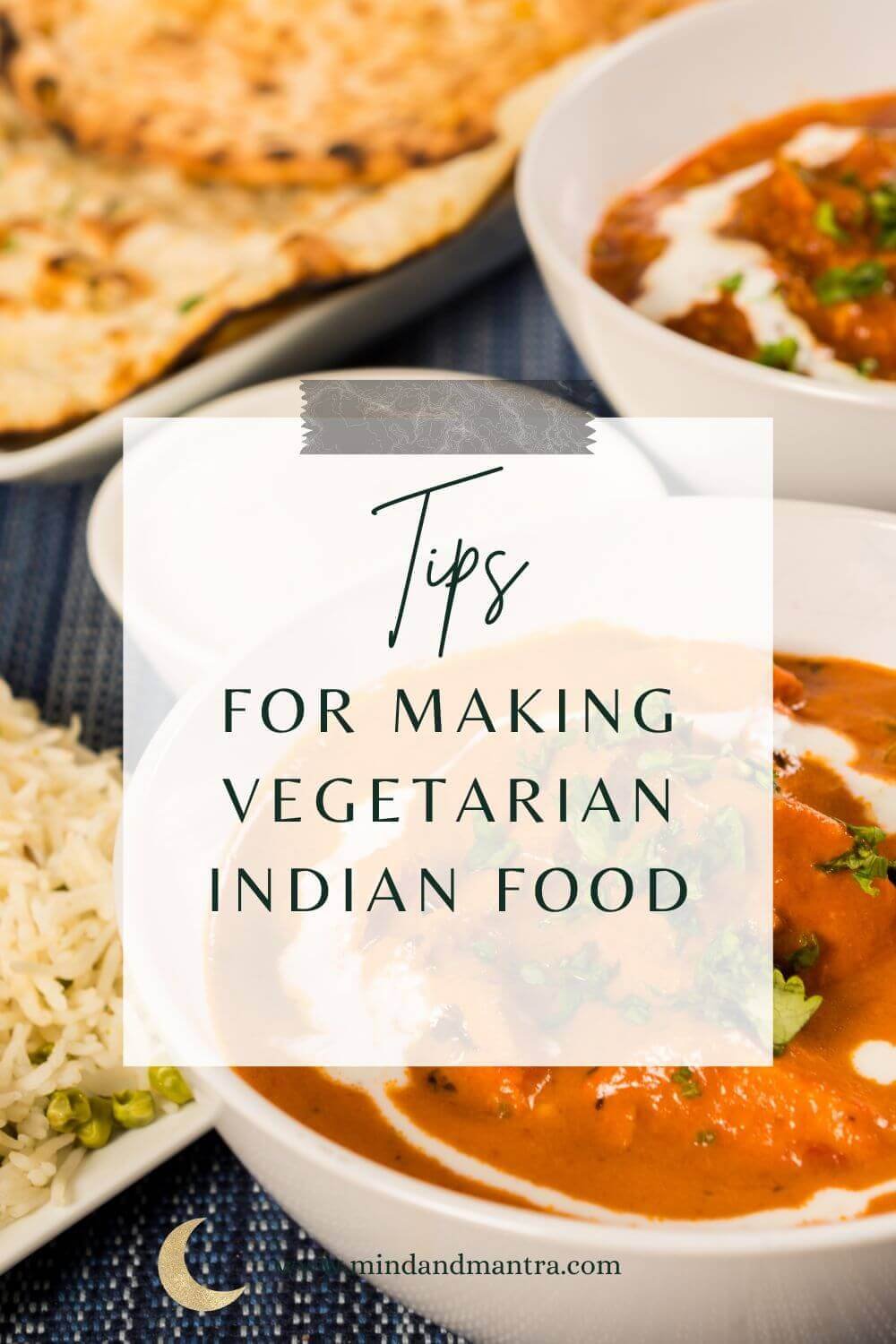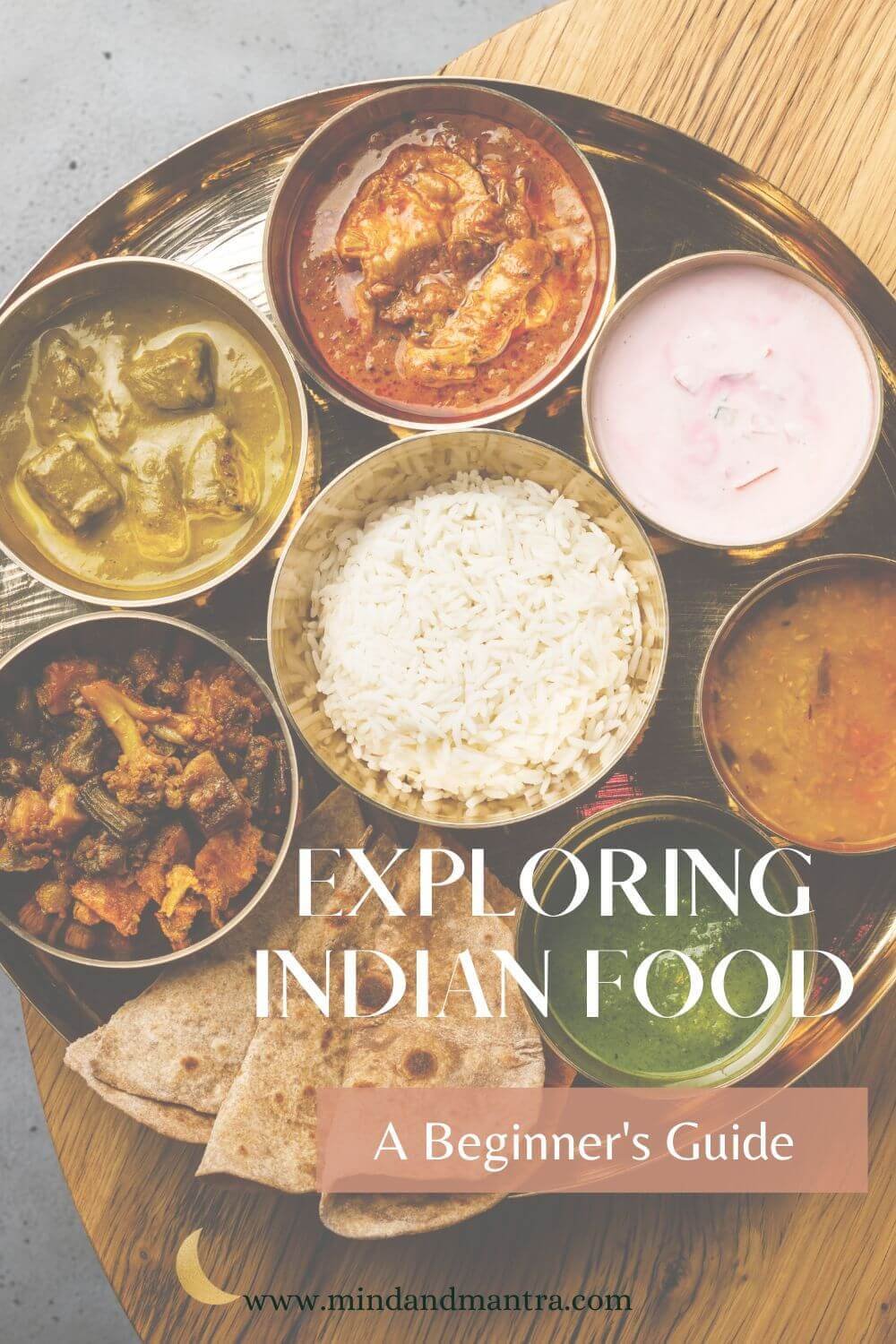A Beginners Guide to Indian Food: 5 Tips for Making Vegetarian Indian Food
Indian food is a great resource for plant-based eating. I find so many delicious recipes from Indian cuisine as a vegetarian and usually about 50% of my meals are Indian dishes. There are so many wonderful spices that are great for your health too—Ayurvedic dishes are of Indian origin and incorporate so many wonderful ingredients.
You will find such a great variety with Indian food. Don't be intimidated by the amount of ingredients.
Start with simple recipes and work your way up to the more complicated ones. But before I get into that, let’s do a quick rundown of the benefits of eating (and cooking) more Indian food.
Disclaimer: This website uses affiliate links, meaning: at no additional cost to you, I earn a small commission if you click-through and make a purchase. As an Amazon Associate I earn from qualifying purchases. I only feature products that I believe in and use for myself. Your support means the world to me and allows me to host this website and continue our work. Thank you!
The Benefits of Eating Indian Food
One of the great things about Indian food is that it is packed with flavor. When you're used to eating Western food, which can be quite bland in comparison, Indian food can be a real treat for your taste buds!
But the benefits of eating Indian food go beyond just the taste. There are numerous health benefits associated with eating a plant-based diet, and since many Indian dishes are vegetarian or vegan, they fit the bill perfectly.
Here are just a few of the benefits you can expect to enjoy when you incorporate more Indian food into your diet.
3 Benefits of Eating Indian Food, Especially Plant-Based
Weight Loss: Studies have shown that following a plant-based diet can help you lose weight and keep it off long-term. This is likely due to the fact that plant-based diets tend to be lower in calories and saturated fat than diets that include meat and dairy products. So, if you're looking to shed a few pounds, adding some delicious Indian dishes to your meal plan is a great way to do it! Just remember not to include all of the delicious fried foods and sweets:) Stick to the dals (soups) and veggie dishes.
Lower Cholesterol: Plant-based diets have also been shown to lower cholesterol levels. This is important because high cholesterol is a major risk factor for heart disease—the leading cause of death in the United States.
By incorporating more Indian food into your diet, you can help reduce your risk of developing heart disease down the road.
Improved Digestion: Another benefit of eating more plant-based foods is improved digestion. This is because plants are rich in fiber, which helps keep things moving along smoothly in your digestive system.
If you've been struggling with digestive issues like constipation or bloating, adding more Indian dishes to your diet may provide some relief.
And a bonus: the majority of Indian food is already gluten free!
As you can see, there are plenty of good reasons to start incorporating more Indian food into your diet.
Again, start with simple recipes. I’ll be sharing some of those as well in the part 2 of this post.
There's no need to worry if you're not sure where to start—in the next section, we'll share some easy recipes that anyone can make at home.
Not to mention, there are plenty of recipes your children will love if you have any picky eaters at home like my 2 boys!
5 Tips for Making Indian Food at Home
I remember the first time I had Indian food. I was new to Los Angeles and my friend took me to an Indian restaurant near her house. I was hesitant at first, but she assured me that I would love it. And she was right! I was hooked from the first bite. The spices, the flavors, the textures...I had never experienced anything like it before.
Since then, I've been on a quest to recreate those same flavors at home. And while it's not always easy, it's definitely possible with a little patience and practice. If you're thinking about trying your hand at cooking Indian food, here are a few things you should know.
1. There are So Many Different Types of Indian Food
When most people think of Indian food, they think of curry. But curry is just one type of dish that originates from India. In fact, there are so many different types of Indian cuisine that it can be overwhelming to try and make sense of it all.
But don't worry, you don't need to learn about all of them at once. Just start with one or two and go from there.
I recommend this curry powder, you can add it to any veggie dish, soup, or homemade veggie burgers for an Indian flavor.
Just start with a half a teaspoon if you are not used to the flavor. You can simply add a bag of frozen or fresh veggies to a skillet with a tablespoon of oil. Add curry powder and salt, and you will have a flavorful side dish.
A lot of Indian restaruants in my area (California) are South Indian. They have the amazing dishes like dosas, sambar, and idli that are to die for (Pictured below). I highly recommend exploring Indian restaurants in your area so you can get a feel for it.
Keep in mind, Indian restaurant cooking in America is highly salted, oiled and spiced. You will get a much fresher experience cooking at home. Keep following me for me content on how to do that!
Also keep in mind the flavors vary greatly depending on which region of India you are looking into.
For example the Gujarti cuisine is noted to be a little sweeter. They add a dash of sugar into many dishes (not overpowering though). South Indian food always tends to be hotter and more sour than North Indian.
2. You Don't Need a Ton of Spices
One of the things that intimidates people the most about cooking Indian food is the long list of spices that are often required.
Yes, some dishes do call for a lot of different spices. But you don't need to go out and buy all of them at once.
Start with a few basics—cumin, turmeric, garam masala, curry powder—and build from there as you become more comfortable with cooking Indian food.
Try this simple, simple recipe:
Take a head of cauliflower and chop into bite size pieces.
Add a generous amount of oil to a heavy bottomed pan, I’m talking like 3 tablespoons-less if you want, but the oil makes it tasty.
Add a generous pinch of turmeric powder-like a tablespoon.
Stir and coat.
Cook until cauliflower is really done-browned a bit.
Then salt to taste-add generous amount of salt so that the flavors come together. For a whole head of large cauliflower you will use at least 3/4 teaspoon of salt.
That’s it!
Serve with rice, yogurt, naan, and dal for a delicious meal.
3. Some Dishes are More Labor-Intensive Than Others
Just like with any type of cuisine, there are some dishes that are more complicated than others.
If you're just starting out, stick to simpler recipes that only require a few ingredients and steps. As you become more confident in your ability to cook Indian food, you can start tackling the more complicated dishes.
I have had the privilege of being around a fantastic Indian community-which many of our social events are spent in the kitchen cooking. I learned how to cook so many dishes from my dear friend, Rani, from South India.
I know not everyone has a Rani, but I also love this youtuber, Manjala, who shows you how to cook Indian food step by step.
One of my staple Indian dishes is dal. It is soup made with lentils and veggies. Here is a recipe from Manjula you can try: https://www.manjulaskitchen.com/red-lentil-dal-instant-pot-recipe/
Once you have made the dal, you can complete any Indian meal with a veggie dish, basmati rice, naan, and yogurt on the side for a complete meal.
4. Indian Food is Incredibly Versatile
One of the things I love most about Indian food is its versatility. There are so many different ways to make each dish, which means there's always something new to try.
Don't be afraid to experiment with different ingredients and methods until you find a version of the dish that you love.
As I already mentioned, South Indian food is extremely different than North Indian food.
I recommend trying out different recipes from each region as well as visiting local Indian food restaurants in your area so you can see which dishes you like the most.
5 . You Can Never Have Too Much Naan or Papadam.
In my opinion, no meal is complete without naan or papadam. Naan is a type of flatbread that is popular in India. It's soft and fluffy and pairs perfectly with just about any dish (in my humble opinion). You can usually find naan at your local grocery store or online, but it's also not too difficult to make at home if you're feeling ambitious (the recipe is actually pretty simple).
Papadam is my kids absolute favorite. I put a recommendation below for you that is sold on Amazon. They are like super thin, hard little pancake shapes. You heat oil in a skillet on high and quickly fry them on each side until crispy. They are made out of lentils and gluten free!
It only takes about 30 seconds per papadam. Then you serve this on the side. You kids will eat them up!
Finally, let’s just say that Indian food is a great resource for plant-based eating because there are so many delicious recipes to choose from—and they're usually pretty healthy, too!
If you're thinking about trying your hand at cooking Indian food, start with simple recipes and work your way up to the more complicated ones.
And don't forget the naan! Check back soon for more recipes.
Follow me for more ideas, tips and recipes are coming to the blog soon.













